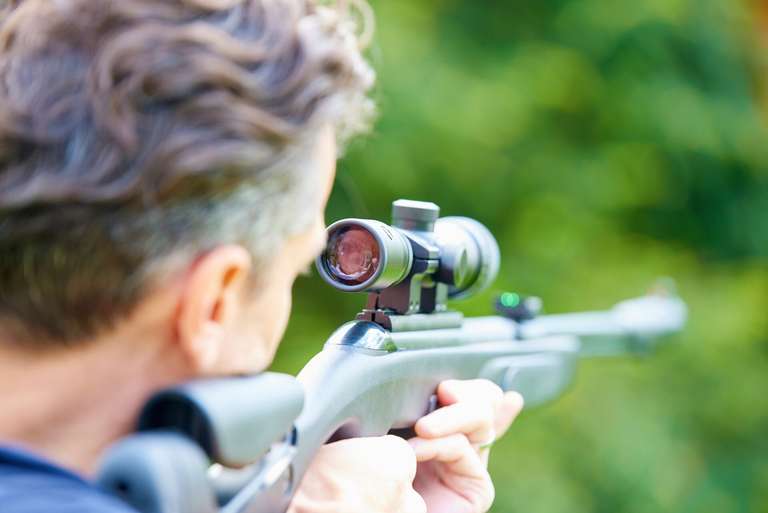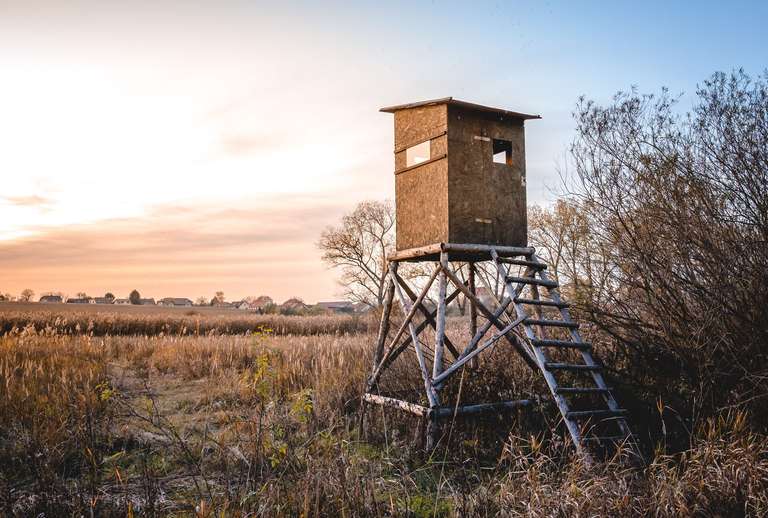Off-Season To-Dos: A Hunting Workout Program
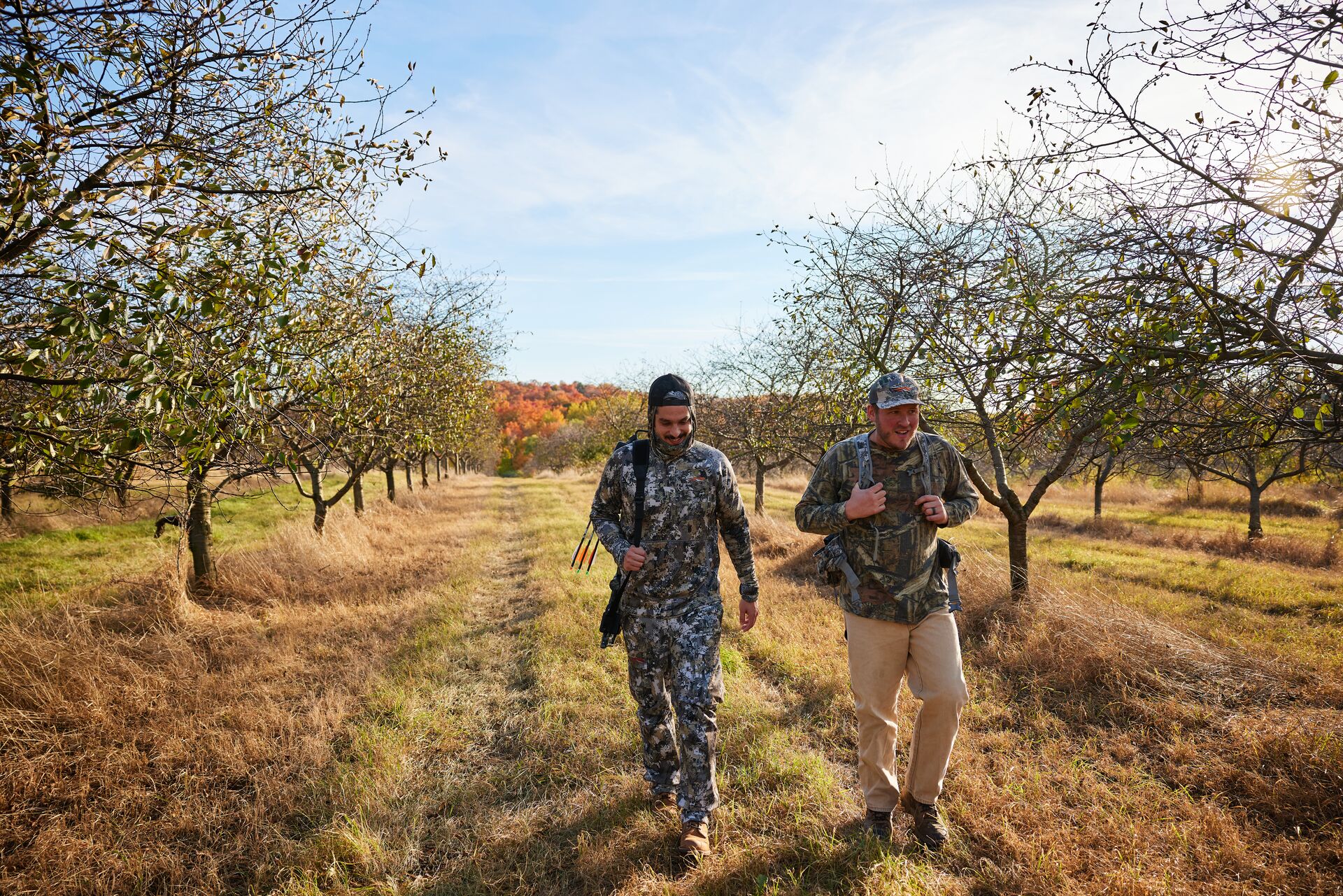
As hunters, we tend to focus our off-season on repairing and upgrading our gear, spending time at the range, and scouting to find that next honey hole. However, many of us neglect one of the most critical components of hunting success: physical fitness.
Hunting, particularly in the western U.S., can demand more from your body than you realize. From long walks to remote tree stands to high-elevation backcountry treks in rugged terrain, your physical condition directly impacts your overall hunting experience.
That’s why a well-rounded off-season hunting workout program should emphasize strength, endurance, mobility, and balance. Focusing on these specific fitness components that directly affect your hunting abilities can give you the edge you need on opening day.
Remember: Before beginning this or any exercise program, you should consult with your physician, especially if you have a history of injury or illness or are new to physical training. With that in mind, here are some exercises to help you get fit for your next hunt!
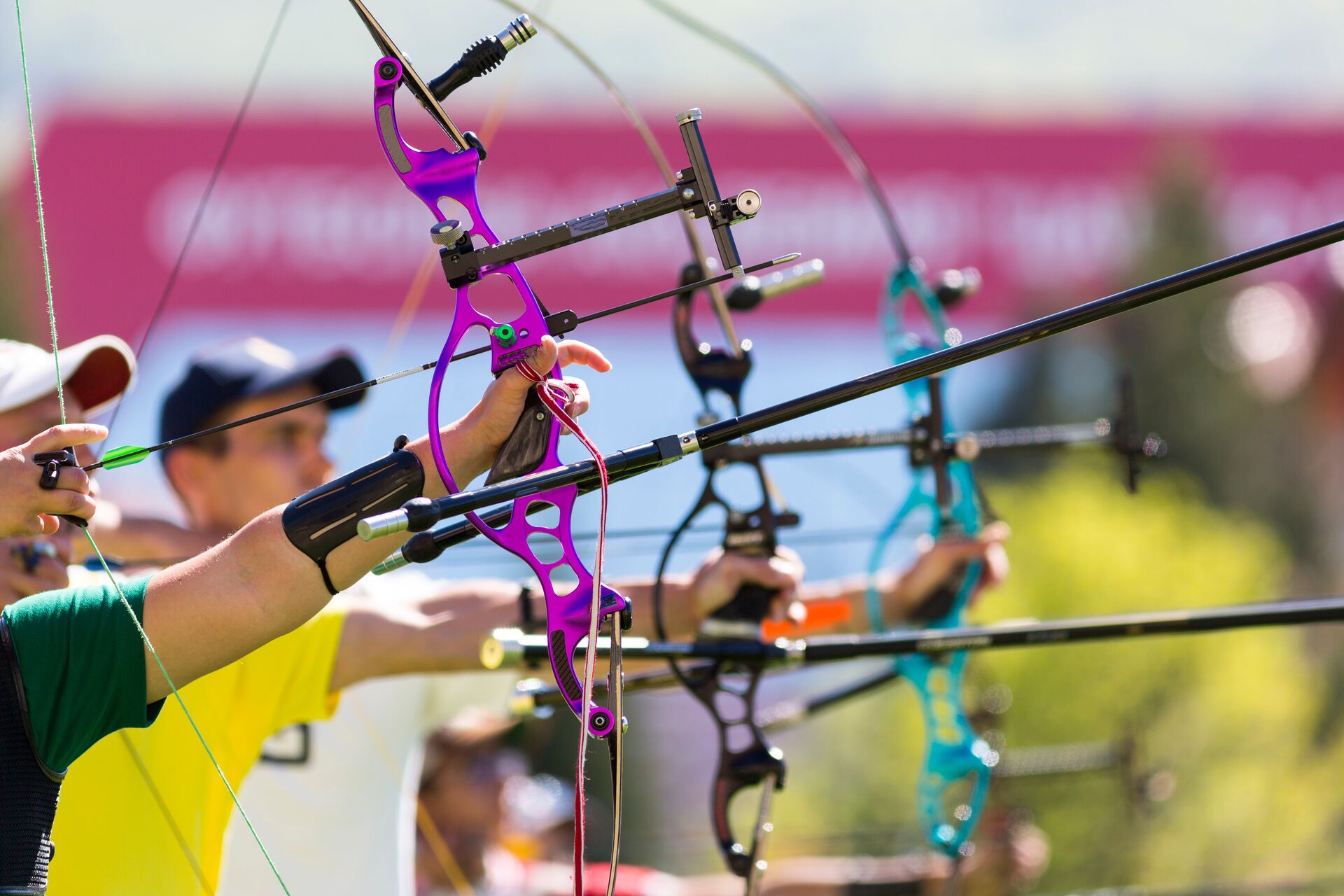
Getting Fit for Bowhunting
Pulling back a bow string and holding it at full draw requires strength in the drawing arm and stability in the bow arm. That repetitive motion can create muscular imbalances and lead to injuries unless you follow a balanced bow hunting workout plan.
Shoulder and Back Strength
To improve your archery fitness, focus on exercises that mimic the drawing motion while building strength and muscular endurance.
- Resistance Band Pulls: 3 sets of 20 reps
- One-Arm Dumbbell Rows: 3 sets of 8-10 reps
- Lat Pull-Downs or Pull-Ups: 3 sets of 8-10 reps
- Rear Deltoid Dumbbell Flyes: 2 sets of 10-12 reps
Core Stability
Your core — the muscles in your abdominal wall, back, and hips — provides balance and control. A strong and stable core is critical for holding at full draw, balancing in an awkward position, and carrying a backpack.
Use exercises like:
- Planks (front and side variations): 3 sets of 30-60-second holds
- Dead Bugs: 3 sets of 8-10 reps per side
- Russian Twists: 3 sets of 10-12 reps per side
- Cable Wood Choppers: 3 sets of 12-15 reps per side
Leg and Lower Body Endurance
Strong legs are the structures and prime movers for hiking, stalking, squatting, carrying heavy loads, and holding awkward positions for prolonged periods.
Improve functional strength and endurance with:
- Reverse Lunges (bodyweight or with dumbbells): 3 sets of 20 reps
- Step-Ups (bodyweight or with dumbbells): 3 sets of 15 reps
- Squats (bodyweight, adding weight as you progress): 3 sets of 8-10 reps
Cardiovascular Fitness for Stalking
You need a capable engine that can handle the aerobic and anaerobic demands of spot-and-stalk hunting.
Add walking, hiking, cycling, or swimming to your training program by including:
- Steady-State Cardio: Low to moderate intensity for 30-60-minute sessions three times a week
- Interval Training: High-intensity sprints for 30 seconds, followed by a walking recovery. Complete 3-10 rounds of sprints.
Grip Strength
Grip strength directly impacts your bow control, accuracy, and stability. It also affects your ability to pick up and process the animal.
Train your hands and forearms with the following exercises:
- Farmer Carries: 5 sets of 30 seconds
- Wrist Curls and Extensions: 3 sets of 10-12 reps
- Dumbbell Holds: 3 sets of 10 seconds per hold
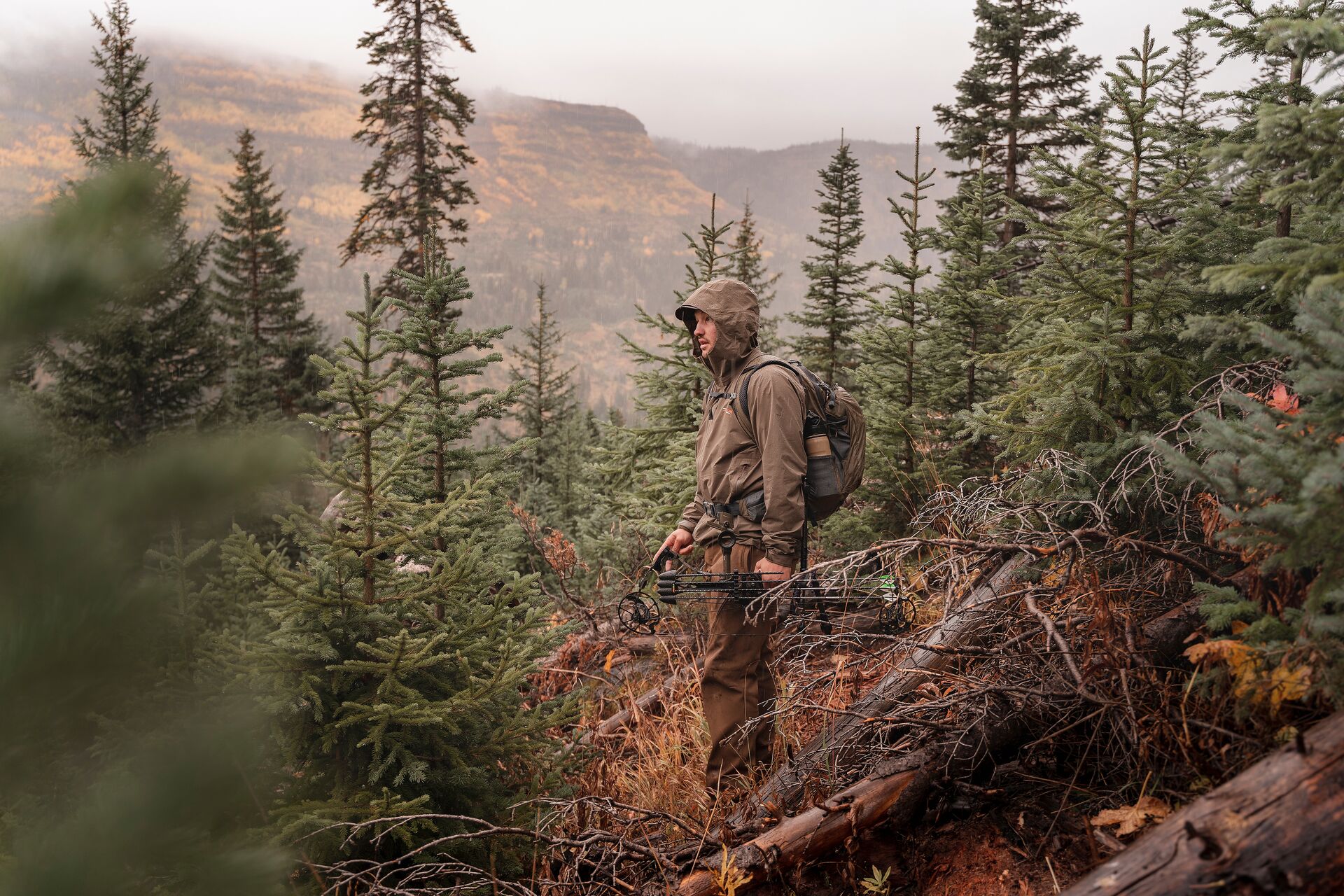
An Elk Hunting Fitness Program
A typical elk hunt involves trekking considerable distances at altitude in mountainous terrain. You hike in with a 35-50-lb pack, and if you’re successful, you’ll carry around 100 pounds on your back.
In short, you need a strong core, lungs, and legs that won’t quit.
Endurance for High-Altitude Hunts
Build a solid aerobic base with regular hikes every week. Go for duration before increasing intensity.
Once you can comfortably hike for an hour, strap on a loaded pack. Start with ten percent of your body weight and gradually increase the weight every week until you can carry your expected pack-out weight.
If you're hunting in steep terrain, include incline treadmill walking at an 8-15% grade for 30-60 minutes and stair climbing.
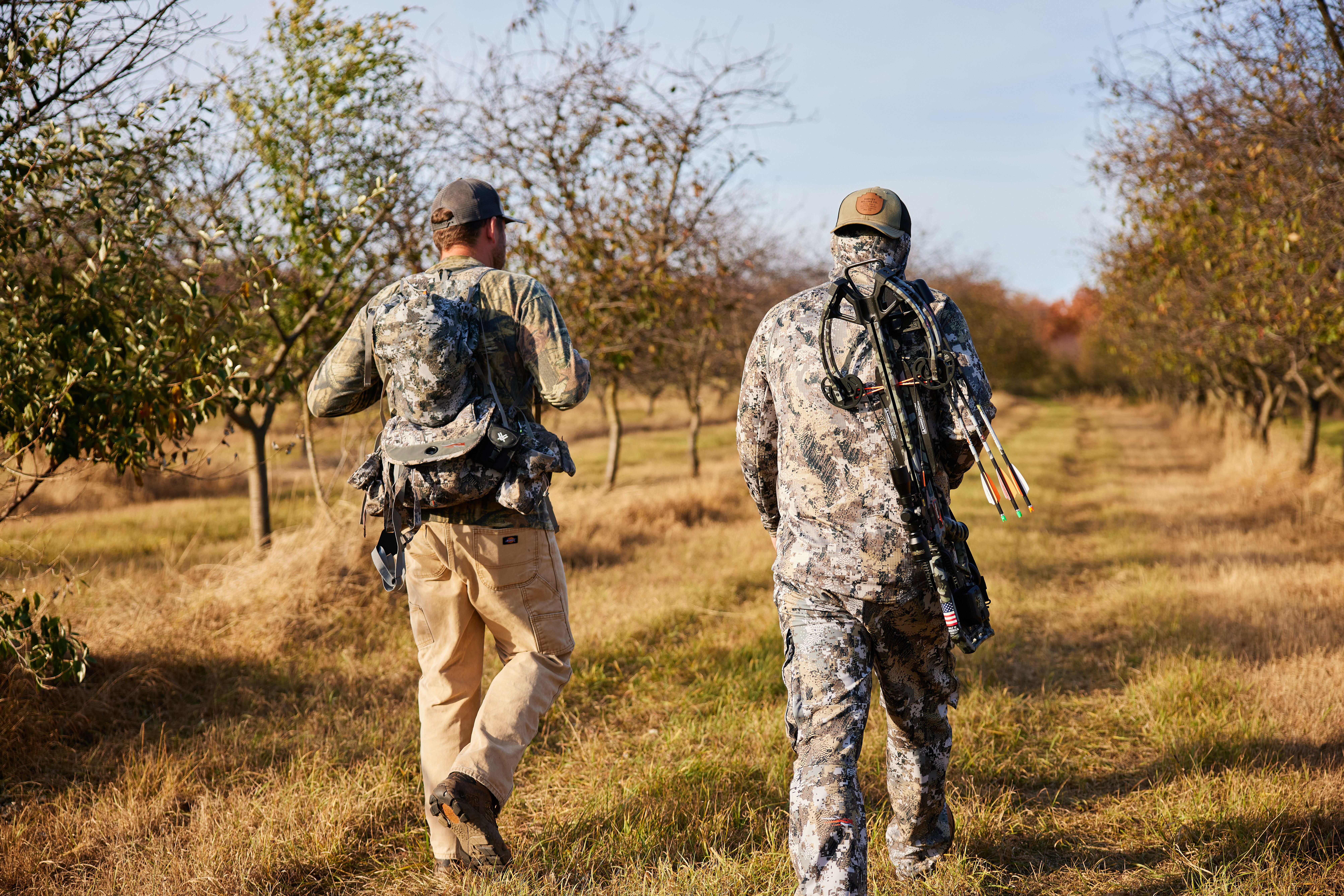
Functional Strength for Packing Out
With any big game hunt, your real work begins after the animal is down. A healthy bull elk will give you about 200 pounds of meat that you will need to carry out on your back. Add at least another 100 pounds if you leave in the bones, and you have an actual test of your elk hunting fitness.
To build the strength and muscular endurance you need to pack out your harvest, focus on:
- Deadlifts (focus on proper form before adding weight): 5 sets of 5 reps
- Farmer Carries (heavy dumbbells or kettlebells): 10 sets of 10 carries
- Sandbag Lifts and Carries: 10 sets of 10 reps
- Rucking: In addition to your endurance training, load a backpack with what you consider to be a heavy weight relative to your current strength, and hike 20-30 minutes.
Core and Balance Training
Traversing mountainous and rocky terrain requires balance and stability.
You can improve these attributes with the following exercises:
- Romanian Deadlifts: 3 sets of 8 reps per leg
- Turkish Get-Ups: 5-10 reps
- Pistols or Single-Leg Squats: 3 sets of 8-10 reps
Add work with a balance board or BOSU ball to improve balance and body awareness (proprioception).
Flexibility and Mobility
A good hunting workout program includes mobility work to improve your range of motion and reduce your risk of injury. Spend a few minutes incorporating dynamic stretching before your workout, and add long and gentle static stretches after you train to improve recovery.
I recommend concentrating your mobility work on the hips, shoulders, and ankles — the three joint systems most stressed during hunting activities. Adding 1-3 weekly yoga sessions can provide comprehensive mobility benefits while improving body awareness and breath control.
Mental Stamina
Hunting elk in the backcountry can often mean long hours of moving through challenging terrain and uncooperative weather, followed by extended periods of sitting and glassing.
You can improve your mental discipline through conscious practice. Start by being consistent with your training program and completing that day’s training — whether you want to or not.
Experiment with mindfulness practice and visualization. During these tough moments, some people count steps or birds or even do math problems to keep their brains occupied while they keep putting one foot in front of the other.
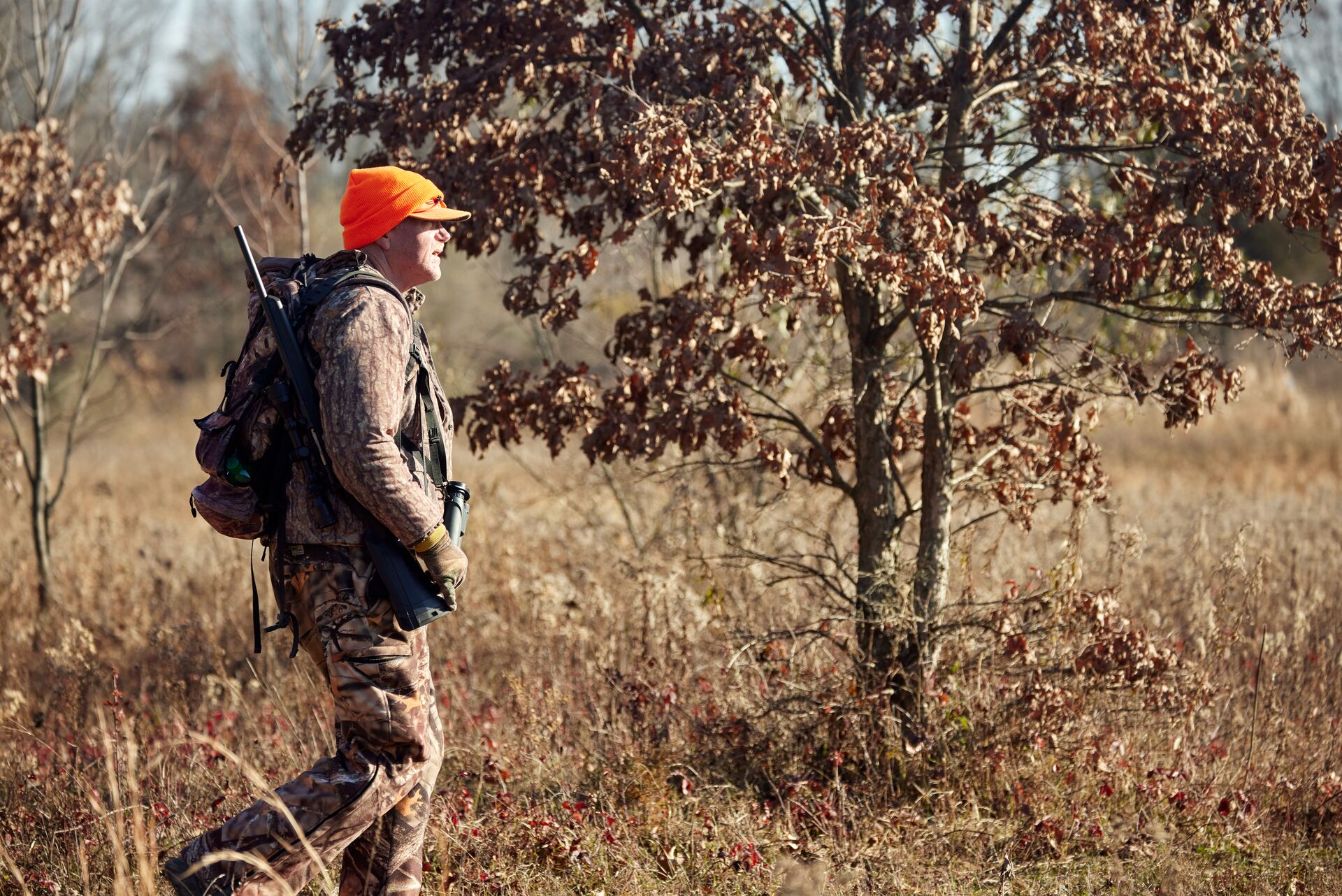
Tips for Sticking to a Hunting Workout Plan
Training programs have a funny way of not working if you’re inconsistent. Make sure you set realistic goals and track your progress. Small wins lead to big victories — as long as you stick to the work.
You can create a sustainable habit by:
- Define measurable goals like rucking a specific distance within a time limit
- Schedule training at the same time every day
- Train with your hunting partners
One of the best litmus tests I’ve found to measure progress is shooting your bow or rifle immediately after you’ve completed your exercises. If that’s logistically not possible, do a few rounds of burpees before you shoot.
At first, you’ll be wobbly and most likely see your accuracy disappear. As you become stronger and better conditioned, your accuracy and confidence in your shooting abilities will improve.
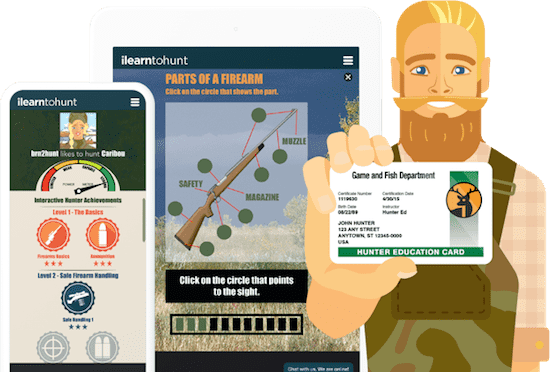
A Hunting Workout Program and Hunter Education Are Part of Your Fall Hunting Prep
Successful hunters know that their off-season preparation with a good hunting workout program will directly translate to in-season performance in the field. Improving your strength, stamina, mobility, and resilience can help you deal with the terrain, weather, and fatigue that often accompany epic hunts.
After all, don’t you want to be the kind of hunter who can stay longer in the field and make the shot when it counts? If you’ve put in the work prepping your gear and getting more accurate with your weapon, don’t let your body be the limiting factor to optimal performance in the field.
Remember, fitness is only one part of being a safe and successful hunter. Whether you’re new to hunting or need to brush up on your skills, consider taking a hunter education course through ilearntohunt. Our state-specific courses complement your conditioning with essential skills in wildlife behavior, field skills, first aid, safety fundamentals, and ethical hunting.
Get fit and stay safe for a successful fall hunt! Choose the course for your state and start learning.


